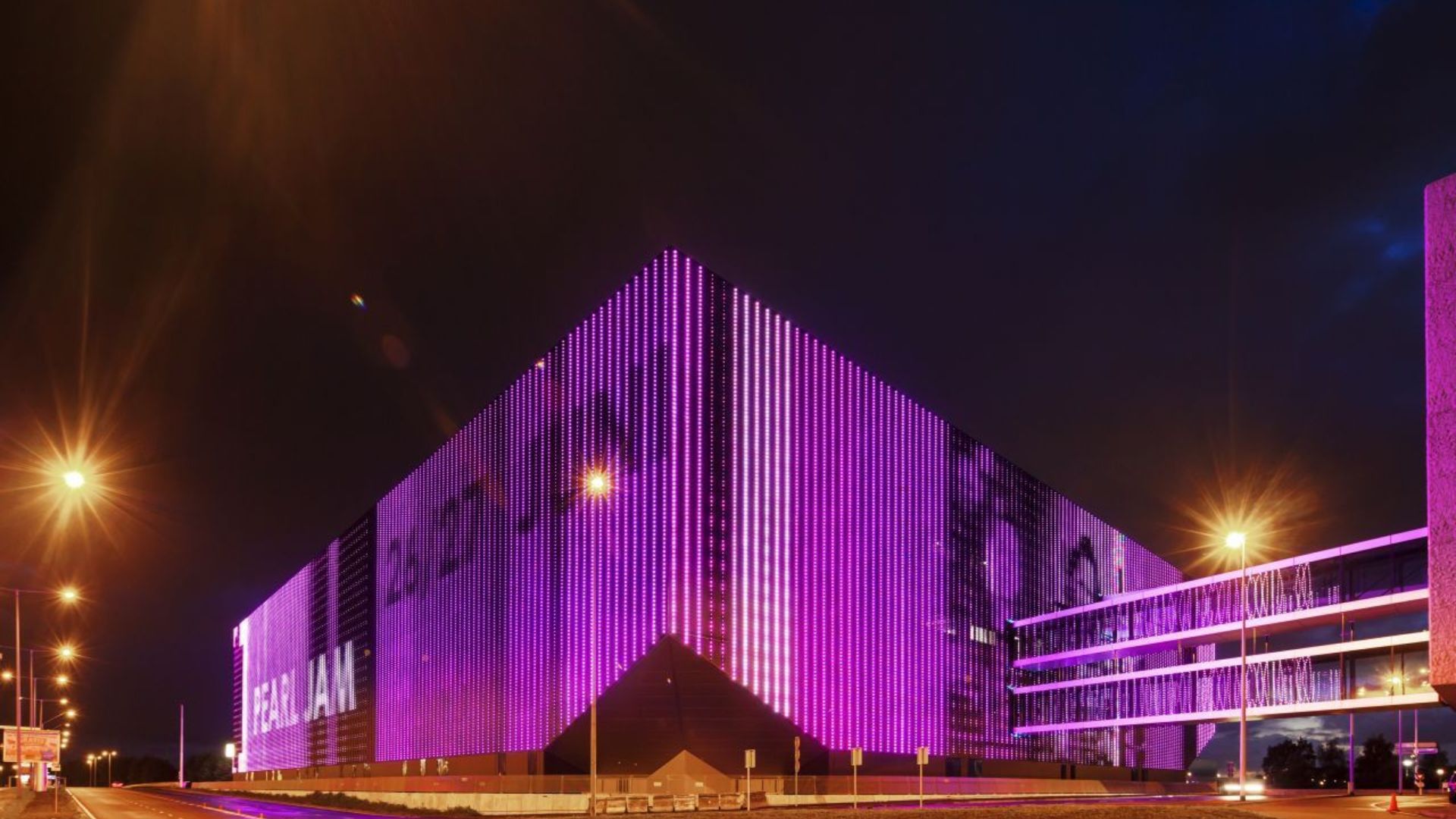
How to Choose the Right Colour Temperature for Facade Lighting?
- admin
- December 9, 2023
- Facade Lighting
- 0 Comments
Facade lighting is essential to improve the appearance of a building. Colour temperature is an often overlooked but critical part of Facade Lights design. The right colour temperature can completely change the formation of a structure, creating an inviting atmosphere and highlighting architectural elements. This blog explores determining the correct colour temperature for facade lighting to achieve a consistent and visually pleasing appearance.
Facade Lighting
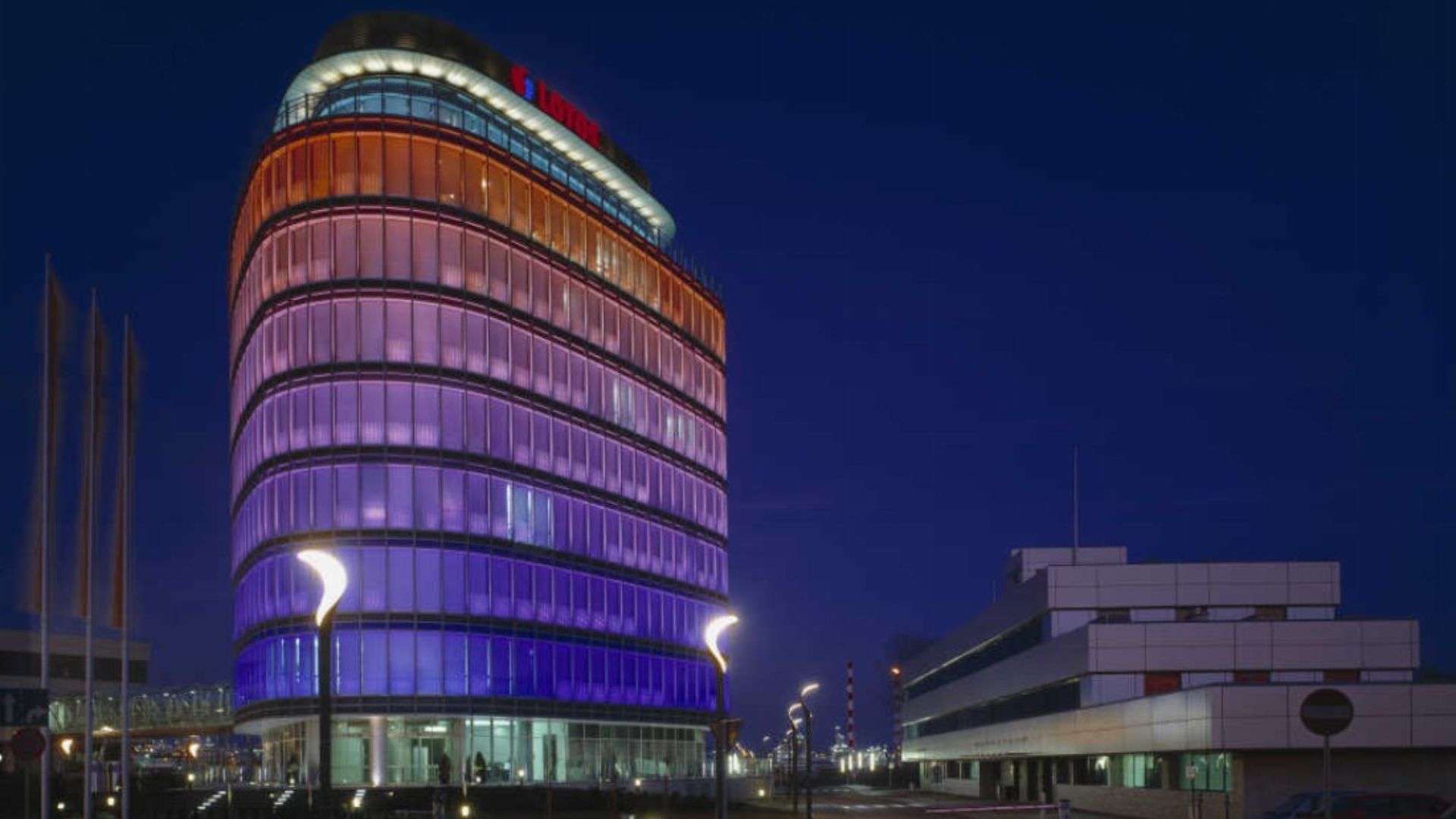
-
Understanding Colour Temperature
The warmth or coolness of the light is expressed by the colour temperature, measured in kelvins (K). Lower kelvins, often between 2000 and 3000 K, produce a warm, yellowish light similar to incandescent bulbs. Higher Kelvin temperatures, between 4000 K and 6500 K, have a cooler blue light that resembles daylight. The goal is to find a balance that suits the architecture and purpose of the structure.
-
Consider Architectural Style
Different building types require different lighting strategies. Warm colour temperatures (around 2700-3000 K) can enhance the timeless appeal of traditional or historic buildings. Meanwhile, lower temperatures (3500-4500 K) are generally helpful for modern and contemporary structures that offer a clean and polished appearance.
-
Consider the Surrounding Environment
Consider nature and nearby buildings. A colour temperature compatible with the environment ensures the structure blends with its environment. Consider the time of day and how the lighting interacts with natural light to create a cohesive and balanced environment.
-
Highlighting Materials and Colours
The materials and colours of the building and facade can significantly influence the chosen colour temperature. Warmer lighting emphasizes warm tones like reds and browns, while cooler lighting complements blues and greys. Experiment with different temperatures to find one that best matches the colours and textures of the facade, resulting in a visually appealing look.
-
Functional Considerations
In addition to aesthetics, the choice of colour temperature is determined by the purpose of lighting. Cooler temperatures can be better for safety because they allow for better visibility. Warm temperatures, on the other hand, can create a comfortable and pleasant atmosphere in hospitality and residential areas. It is essential to find a balance between utility and beauty.
-
Test and Adjust
Do some small-scale testing before determining the colour temperature. Experiment with temporary lights or samples to see how different temperatures affect the facade at different times of the day. Adjustments may be necessary to achieve the intended visual effect and functionality.
Conclusion
Choosing the right colour temperature for facade lighting is a delicate procedure that requires careful consideration of architectural style, materials, environment and practical requirements. By understanding these elements and experimenting with different options, you can develop stunning facade lighting design that not only adds to the visual appeal of a building but also complements its function and environment. Strive for a precise balance with Star facade lighting to get the most out of your architecture.

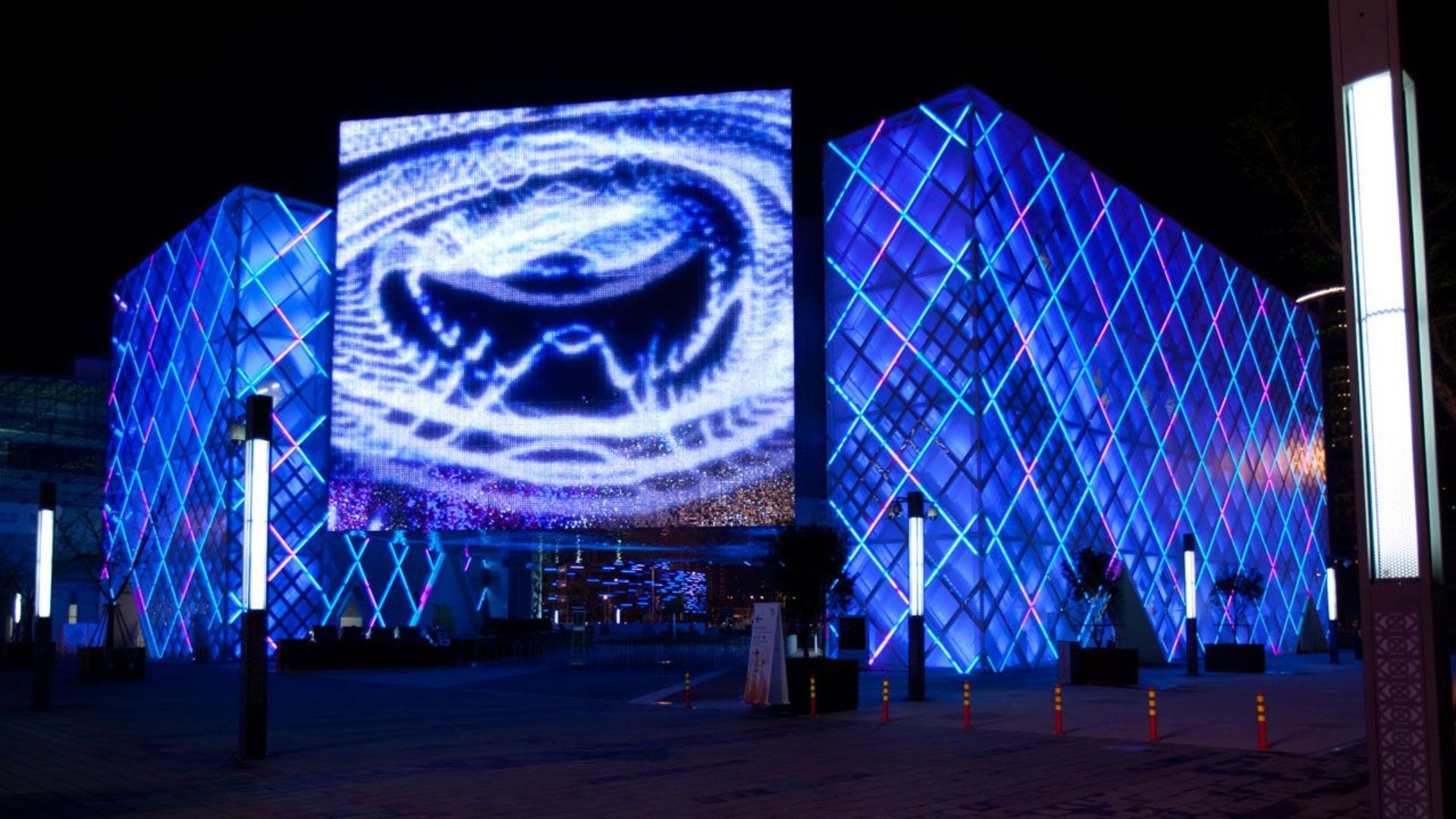
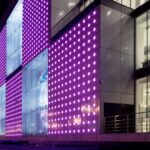
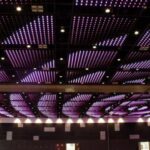
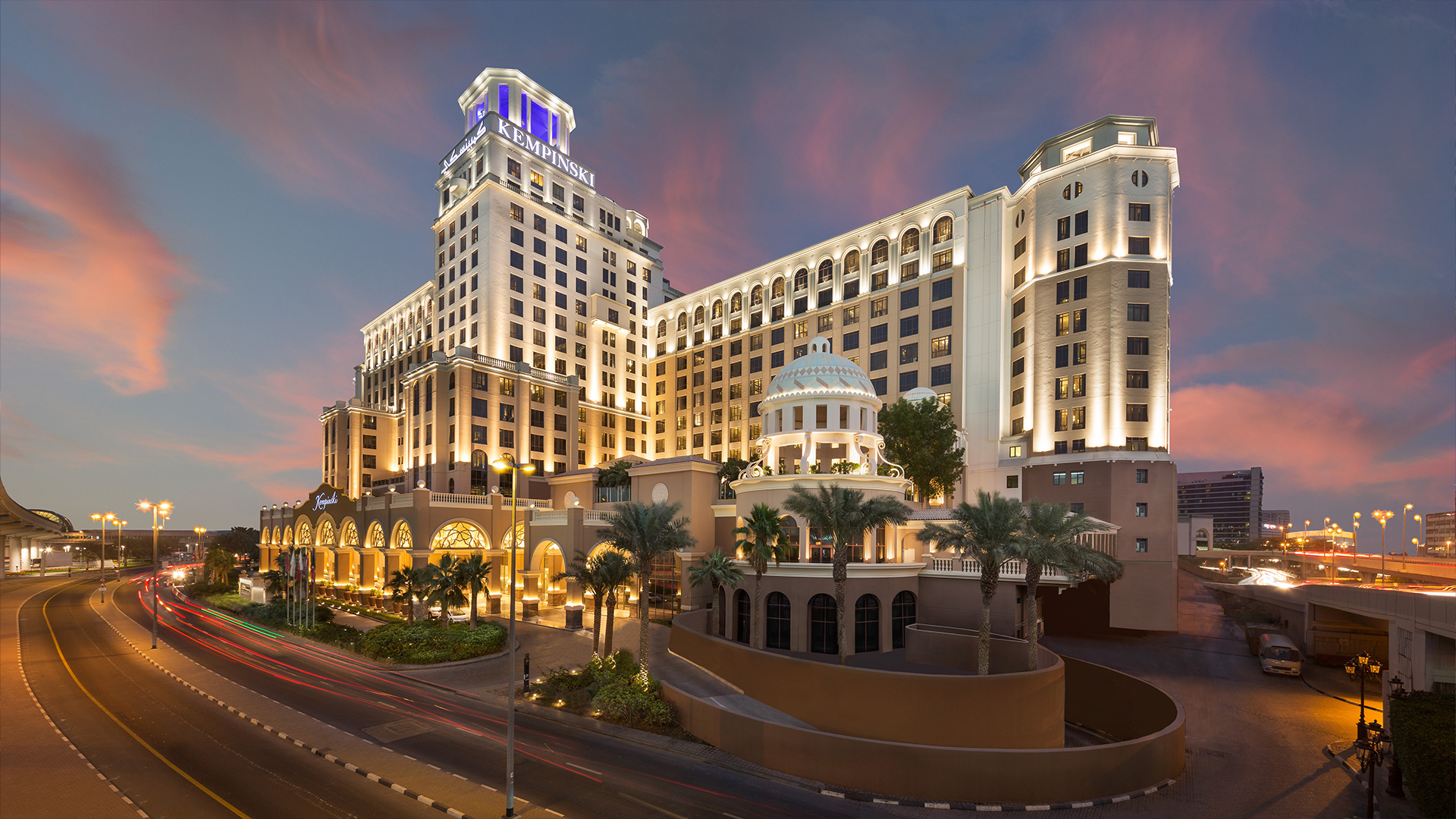
Recent Comments